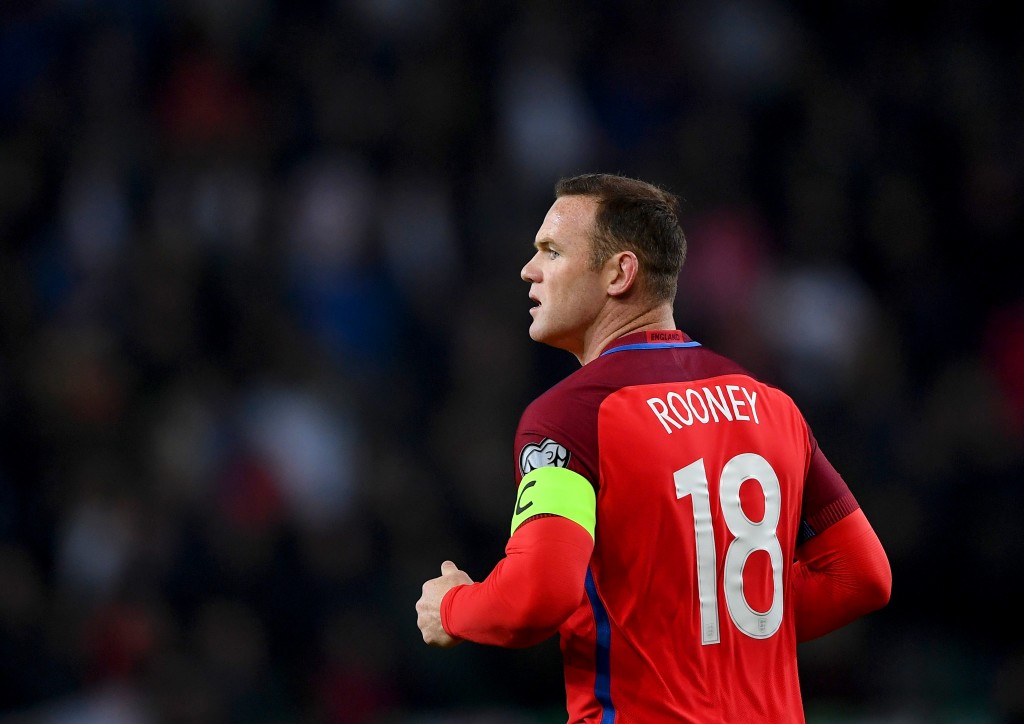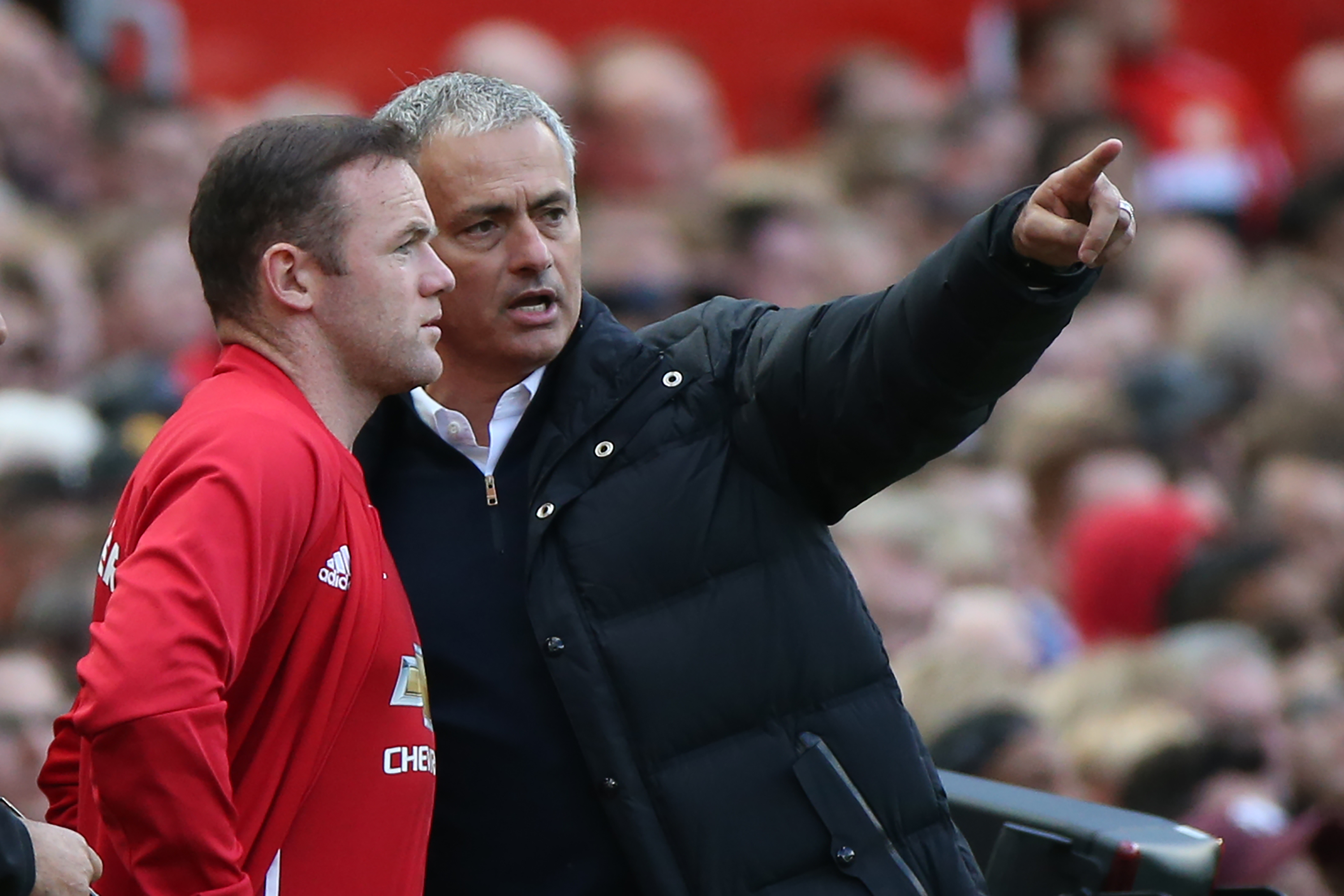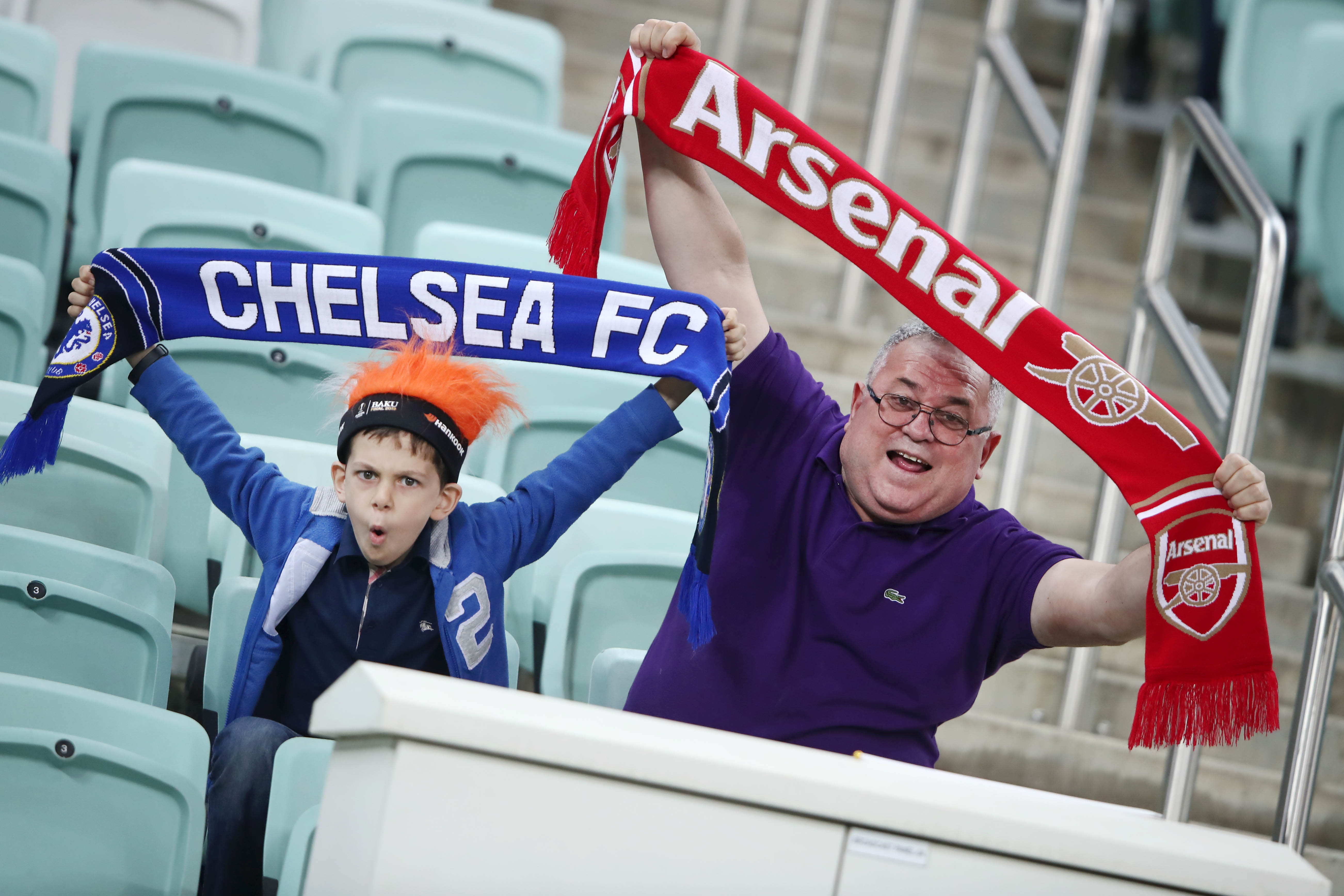The former Liverpool defender has tried explaining Wayne Rooney’s fall from grace in recent years.
Manchester United’s second highest goalscorer, England’s all time record scorer, Premier League’s second highest goalscorer, over 300+ professional goals scored in his career. And yet, there are question marks on a player that has achieved so much.
Over the past few months, people have raised some good arguments to explain Rooney’s recent decline; one of them being Michael Cox of Zonal Marking fame. Cox suggested Rooney never really had a best position, and his willingness to sacrifice himself for the team meant managers employed him on different parts of the pitch. This wasn’t a problem until a few years back, but now poses a serious headache for everyone concerned.

And now, pundit Mark Lawrenson has suggested another intriguing theory, wherein he says Rooney’s downturn is due to his age catching up with him. Now, considering Rooney is still 30, which is said by many to be a footballer’s peak age, the statement sounds ridiculous. But Mark adds further that since Rooney rose to prominence as early as a 16- year-old, his legs are close to giving up after 14 years.
Speaking to the Press association, Lawrenson said, “Rooney is still a very, very talented player but if you can’t get around the pitch you’ve got to find a position where you want to play. For him, I think the reason why he’s coming to the end early is because he was a beast of a man when he was 16, as he is now. Basically, when your legs go, your legs go.”
To back-up his argument, Mark also gave an example of Michael Owen. Owen, who like Rooney, burst on to the scene at quite an early age only to slow down considerably in and around 30, suffering numerous injuries and eventually retiring at 33. Sir Alex Ferguson had also commented how Michael Owen’s career came to end early due to overplaying in his younger days.
Rooney averages 9500 total minutes or 106 matches more than Ibrahimovic at 30. Rooney essentially is 32-33. #mufc pic.twitter.com/qiti715tHX
— MAN UNITED STATS (@unitedstats99) August 24, 2016





